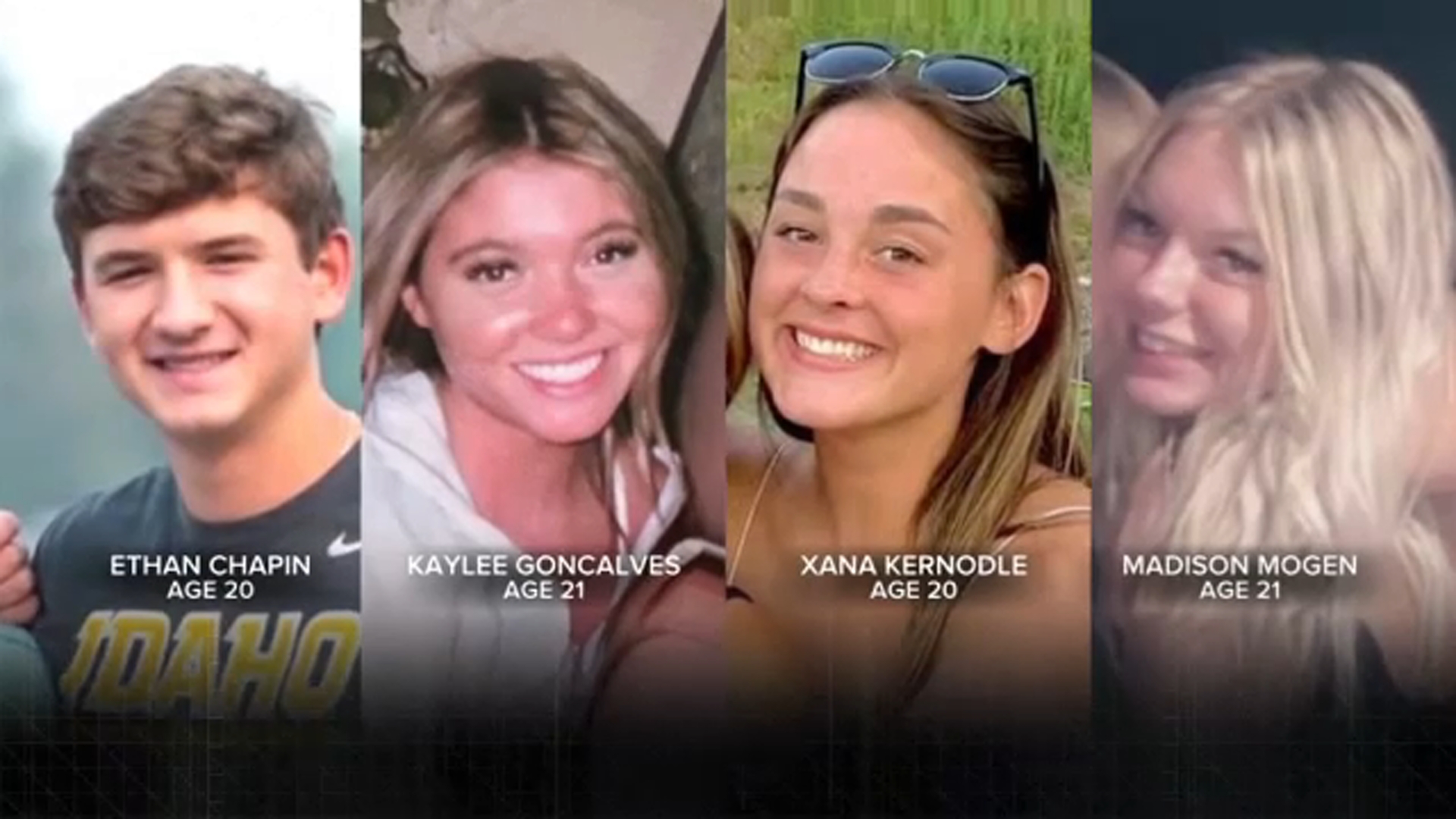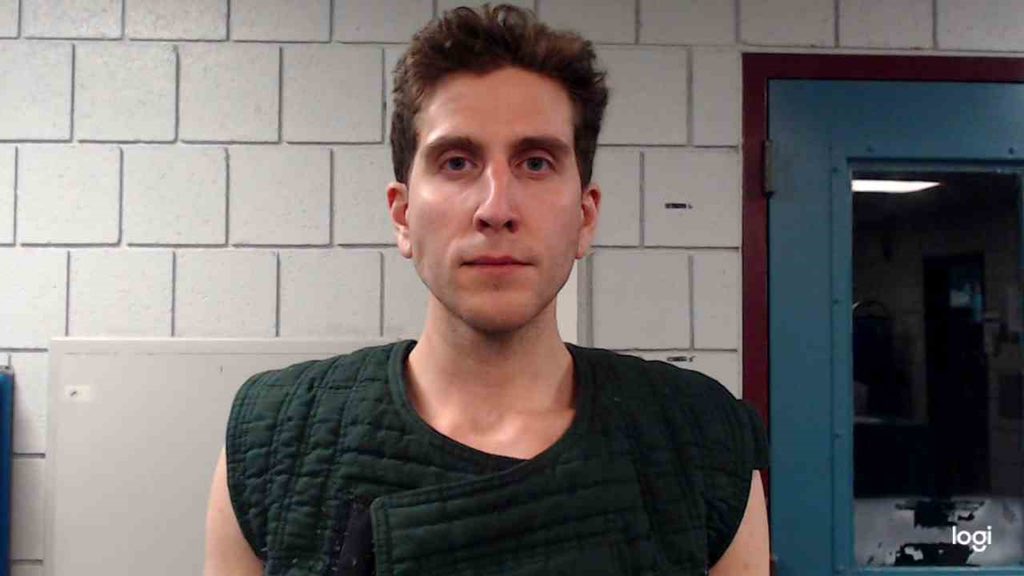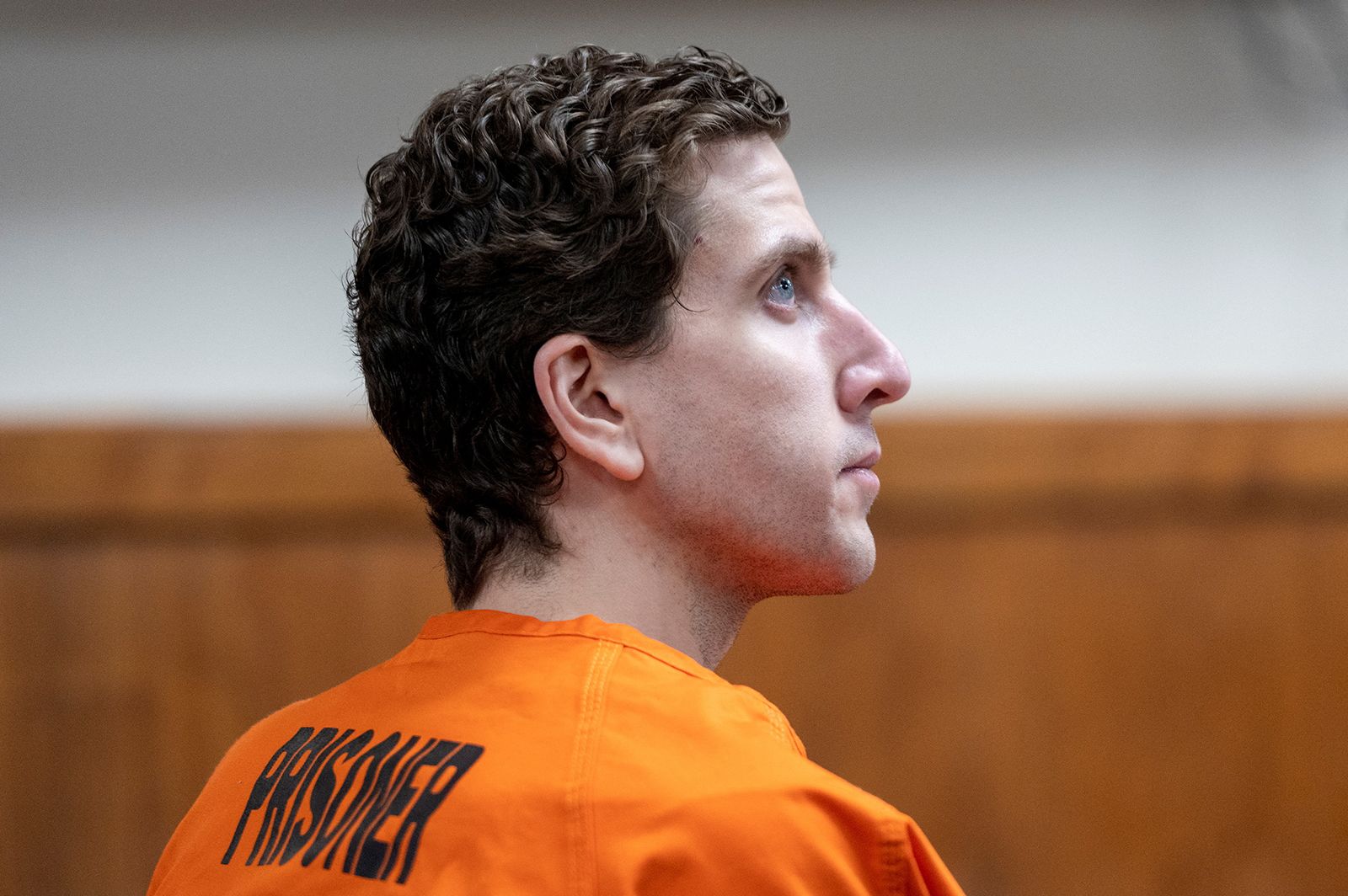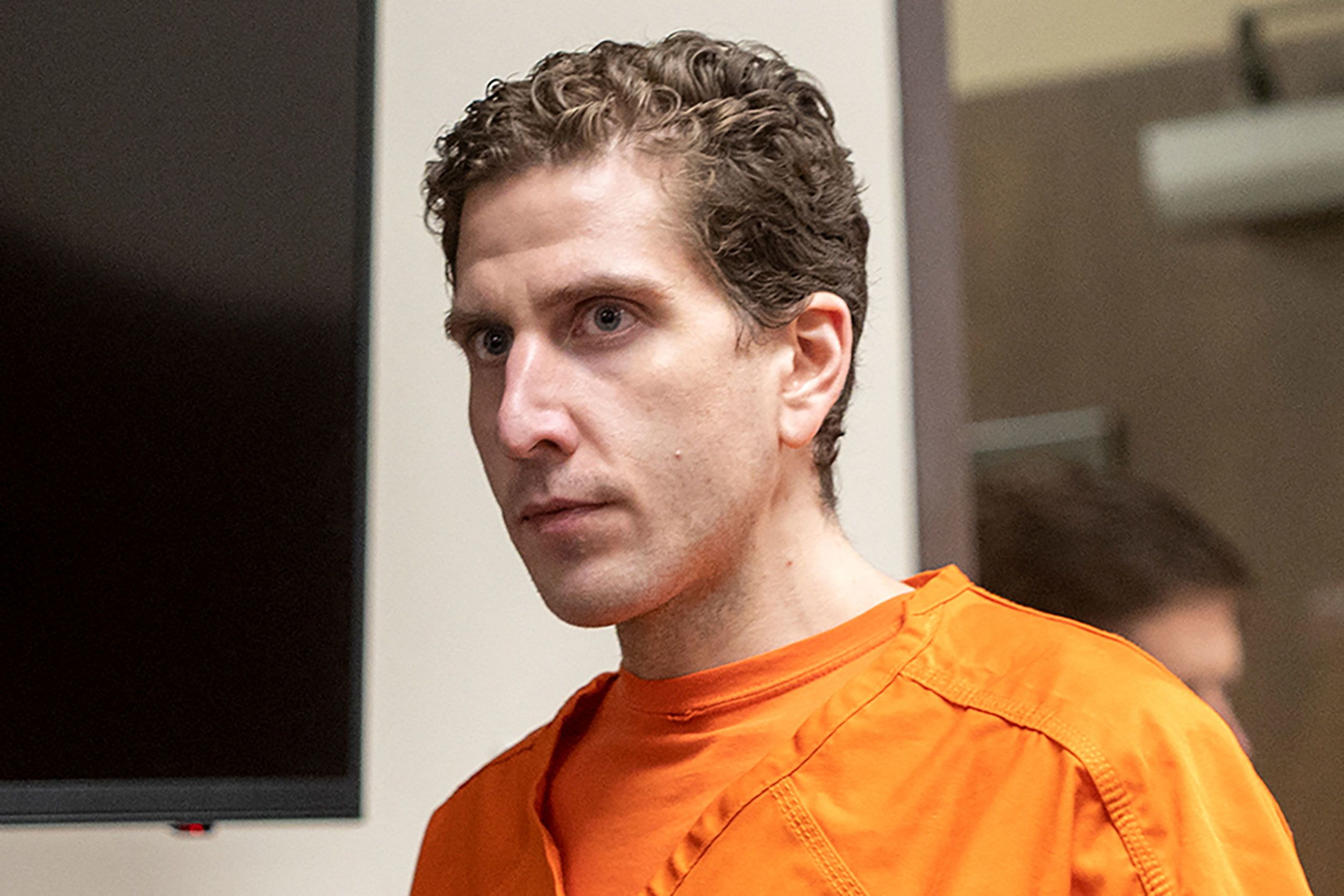4 of Idaho: Unraveling the Dark Campus Mystery
On November 13, 2022, authorities in Moscow, a small town of 25,000 inhabitants in the state of Idaho, United States, responded to a call about an unconscious person. However, when they arrived at the scene, they found a completely different scene than expected.

Nightmare Unveiled
The officers had a gruesome and disturbing sight: four young students from the University of Idaho were found dead inside a 3-story house. They were in their beds and had suffered multiple knife wounds. Moscow had not seen a crime like this since 2015, and the local community was horrified.
Trail of Events
The scene inside the house, as the police entered, resembled a horror movie: blood was splattered on the walls and stairs.
The victims were:
 Ethan Chapin, 20 years old, who was in a relationship with the second victim. Xana Kernodle, also 20 years old, found in the same bed as Ethan in Xana’s second-floor room. Madison Mogen, 21 years old, a longtime best friend of the last victim. Kaylee Gonçalves, 21 years old, found in the same bed as Madison in Madison’s third-floor room. The house was essentially a sorority for young female university students. Kaylee, Madison, and Xana shared the house with two other roommates who were not among the victims. Ethan was also there that night, visiting Xana, who was his girlfriend.
Ethan Chapin, 20 years old, who was in a relationship with the second victim. Xana Kernodle, also 20 years old, found in the same bed as Ethan in Xana’s second-floor room. Madison Mogen, 21 years old, a longtime best friend of the last victim. Kaylee Gonçalves, 21 years old, found in the same bed as Madison in Madison’s third-floor room. The house was essentially a sorority for young female university students. Kaylee, Madison, and Xana shared the house with two other roommates who were not among the victims. Ethan was also there that night, visiting Xana, who was his girlfriend.

Mystery Deepens
The police, as they began their investigations, started piecing together the timeline of events that took place before, during, and after the crime. It was the only way to organize the wealth of information collected and the leads they received from friends, family, and individuals unrelated to the case.
On the night of Saturday, November 12, 2022, at 8:57 PM, Kaylee shared her last image on her Instagram, where she appeared smiling with friends.
During the night, Kaylee and Madison decided to go to a bar, where they were from 10:00 PM to 1:30 AM. Simultaneously, Ethan and Xana attended a private party at another student’s house on the University of Idaho campus.
Around 1:41 AM, Kaylee and Madison were seen near a food truck. At 1:45 AM, Ethan and Xana returned to the house. A few minutes later, Kaylee and Madison also arrived. Dylan and Bethany, the two surviving residents of the house who had also gone out, returned home around 1 AM.
On Sunday morning, when Dylan and Bethany woke up, they found their roommates unconscious and saw blood in their room. They initially called some friends, thinking that someone might have fallen ill. However, given the seriousness of the scene, they contacted emergency services at 11:58 AM, reporting an unconscious person.
After responding to the call, the police determined that all of them had been fatally stabbed around 4 AM.
Suspect Emerges
The University of Idaho issued a safety alert, instructing students to remain sheltered and prioritize their safety. However, this alert was canceled an hour later as authorities believed the attack was targeted at specific individuals, and the general university community was not at risk.
On Monday, November 14, due to the tension, classes were suspended, and many students decided to return home for Thanksgiving.
By Tuesday, frustration grew within the community due to the lack of concrete and sometimes contradictory information provided by the police. Contrary to previous information, the police chief acknowledged that the killer was still at large, indicating that a potential threat remained. The Moscow police now had support from the Idaho State Police and the FBI.
Four days after the crime, necropsy exams revealed that the victims were indeed attacked while asleep. Some had defensive wounds, suggesting they had awakened and fought back. Kaylee had the most wounds.
The police also announced that roommates Dylan and Bethany, though present during the attacks, were not considered suspects. With few leads, the Idaho police stated that the motive and the number of attackers involved remained uncertain.
On November 21, information about a possible stalker of Kaylee emerged. Her father told the police that she had mentioned a stalker days before but had provided few details about whether it was an online or physical threat. The police couldn’t find any information about this alleged stalker.
At the end of November, vigils were held in Idaho and Washington. At the University of Idaho, a candlelight ceremony brought together hundreds of people to pay their respects.

Authorities reviewed numerous security cameras in the region and near the crime scene, focusing on the early morning hours when it was believed the perpetrator left. The police made a public appeal for anyone with relevant footage to come forward.
On December 7, an important lead emerged: the police announced they were looking for a white Hyundai Elantra seen near the crime scene early on the morning of the 13th. The car was observed passing the house several times starting at 2 AM. At 4:04 AM, it parked near the house, and someone exited. A few minutes later, at 4:25 AM, the person returned to the car and drove away.
Aaron Snell, a representative from the Idaho State Police, mentioned in an interview that the pieces of the puzzle were coming together, and a clearer picture of the events would soon emerge. The investigation involved six detectives from Moscow, with support from state investigators, forensic experts, and over 50 FBI agents.
Unanswered Questions: The Enigma of Bryan’s Motive
Then, after nearly seven weeks of intensive investigation, the police finally announced they had found and arrested a suspect. On December 30, the suspect, identified as Bryan Christopher Kohberger, 28 years old, was apprehended at his parents’ home in Albrightsville, Pennsylvania, 4,000 km away from the crime scene. Bryan was a psychologist with a master’s degree and was pursuing a Ph.D. in criminology at Washington State University, located just 15 km from the crime scene. He had driven this 4,000 km journey after the date of the crime to spend the holidays with his parents.
Authorities primarily linked Bryan to the case through two key elements: he had a car matching the make and color seen in the footage and a leather sheath, similar to the one found at the crime scene. Investigators obtained DNA samples from this sheath and searched police databases but found no matches. They then employed a genetic genealogy technique, which matched the DNA found to Bryan’s father. Later, police collected DNA samples from Bryan’s discarded trash, and these samples matched the DNA from the sheath.
Although Bryan claimed his innocence upon being arrested, the evidence appeared to be against him. Several suspicious items were found at his parents’ house in Pennsylvania, including knives, gloves, black masks, a pocketknife, and a knife sheath similar to the one found at the crime scene. Bryan’s white 2015 Hyundai Elantra, which matched the vehicle seen in surveillance footage near the crime scene, was also seized.
Neighbors reported seeing Bryan meticulously cleaning his car in the days following the crime, even using surgical gloves. The police did not disclose whether any evidence was found in the vehicle.
On November 18, five days after the crime, Bryan also changed the car’s license plates from Pennsylvania to Washington, raising questions among investigators.
College classmates of Bryan were interviewed and stated that he was usually very outgoing at school. However, after the crime, he became more withdrawn, especially when the subject of the crime came up, making him appear uncomfortable.
It seemed that everything pointed to Bryan, but many questions remained unanswered. The primary one was: why? Bryan didn’t know any of the victims, or so it seemed, and had no prior criminal record. He was described as a peaceful and easygoing person who got along well with everyone.
 Moreover, he was highly intelligent and had conducted extensive studies in criminology. Therefore, if he had committed the crime, one might expect more care to avoid leaving evidence. Instead, he made a series of mistakes: using his own car to reach the crime scene, leaving personal items behind, behaving strangely with his car and at college. Everything seemed very suspicious. Was it possible he wanted to get caught?
Moreover, he was highly intelligent and had conducted extensive studies in criminology. Therefore, if he had committed the crime, one might expect more care to avoid leaving evidence. Instead, he made a series of mistakes: using his own car to reach the crime scene, leaving personal items behind, behaving strangely with his car and at college. Everything seemed very suspicious. Was it possible he wanted to get caught?
Bryan’s defense, which had already taken action, claimed that he was innocent and even insinuated that the DNA at the crime scene was planted by the police, eager to quickly solve the case and provide answers to the public. The defense made these allegations primarily because they had not yet received the DNA test results. The prosecution was accused of hindering the defense’s access to the evidence, with claims that they wouldn’t hand it over easily. The defense also planned to raise doubts about Genetic Genealogy Investigation, which was used to identify the DNA profile. Although the technique used to obtain DNA compatibility could be questioned by Bryan’s defense, its result is irrefutable, according to experts. It’s worth noting that after Bryan’s arrest, his DNA was collected and traditionally matched with the sample found on the sheath, producing a positive result. However, the defense claimed it hadn’t received these results either.
Bryan was formally charged with four counts of first-degree homicide. The trial was initially set to begin on October 2 but became uncertain after Bryan waived his right to a speedy trial. His defense attorney argued that the time provided was insufficient for adequate preparation, given the volume of evidence and the complexity of the case. With this uncertainty, the trial may not take place until 2024.
Bryan made a statement of innocence to the presiding judge. His defense also claimed that on the night of the crime, he was on one of his usual solitary night walks, but there were no witnesses who could confirm his exact location at the time of the crime, leaving his word as the only alibi. The prosecuting attorney stated that they would seek the maximum penalty: the death penalty.
As this case is relatively recent, Bryan remains detained, awaiting trial. Many questions remain unanswered. Was Bryan the actual perpetrator? Is there a possibility that he didn’t act alone? Why did he do it, and why did he choose those people? Was it random, or was there something more behind it all? Why did he not check all the rooms in the house and leave two people alive? Why did the survivor take eight hours to call for help, and why were the victims initially referred to as unconscious when they were clearly deceased? Perhaps these questions will be answered during the trial, or maybe some will remain mysteries forever.





Very cool
Pingback: Aspiring Influencer Anna Leikovi Who Killed Her Own Mother - True Crime Site